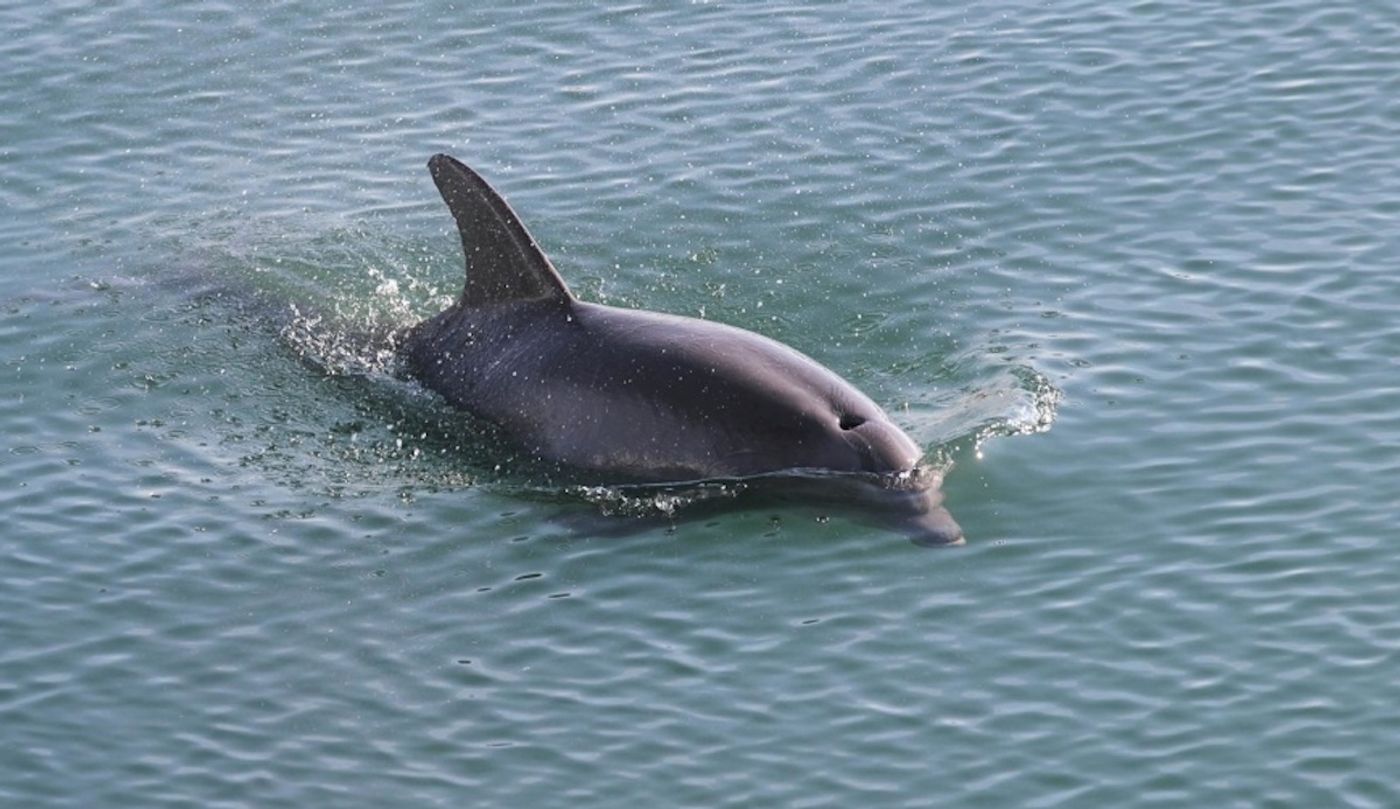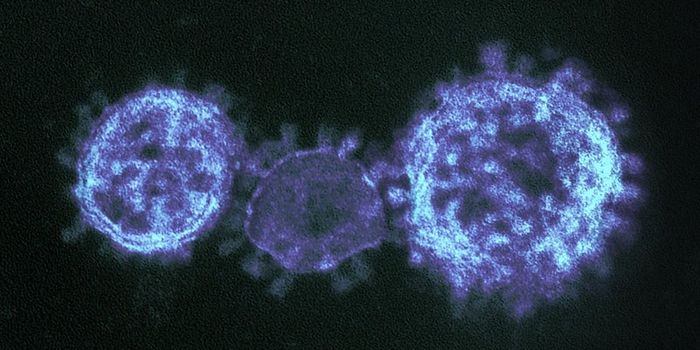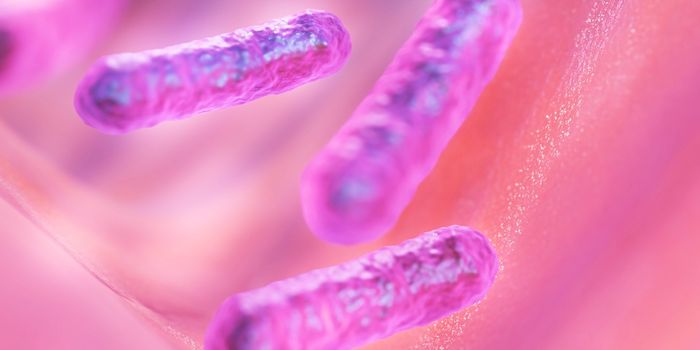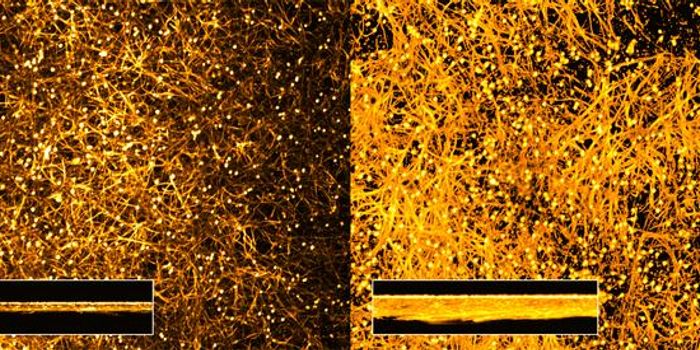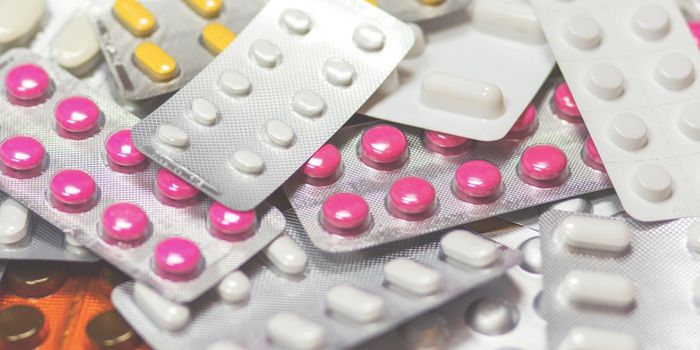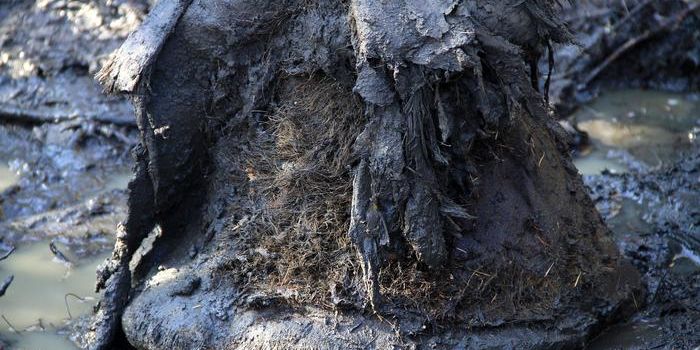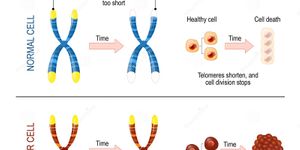Antibiotic Resistance Rises in Wild Dolphins
Antibiotic resistant bacteria are considered a major threat to public health and is expected to get more serious. Drug-resistant bacteria were once found primarily in healthcare settings and patients receiving antibiotics were at greater risk of infection. But since then, antibiotic-resistant microbes have been turning up in more environments, putting more people at risk. Scientists have also been tracking antibiotic resistance among wild animals, and have found that it’s increasing.
"In 2009, we reported a high prevalence of antibiotic resistance in wild dolphins, which was unexpected," said lead study author Adam M. Schaefer, MPH, an epidemiologist at Florida Atlantic University's (FAU) Harbor Branch. "Since then, we have been tracking changes over time and have found a significant increase in antibiotic resistance in isolates from these animals. This trend mirrors reports from human health care settings. Based on our findings, it is likely that these isolates from dolphins originated from a source where antibiotics are regularly used, potentially entering the marine environment through human activities or discharges from terrestrial sources."
The researchers collected data over thirteen years for this study. They took several samples including feces and gastric fluid after capturing wild dolphins, which were released afterwards. The scientists isolated 733 pathogens from 171 bottlenose dolphins during that time.
Some of the pathogenic microbes they recovered are capable of infecting people. Several bacteria were identified frequently, including E. coli and S. aureus. The scientists found that just over 88 percent of the bacteria were resistant to at least one antibiotic. Most were resistant to erythromycin, while about 77 percent were resistant to ampicillin and about 62 percent had cephalothin resistance.
Over their sampling period, resistance to ciprofloxacin increased more than two-fold among the E. coli the researchers were isolating, which is similar to what’s been seen in humans. The Multiple Antibiotic Resistance (MAR) index also went up significantly for Pseudomonas aeruginosa, which can cause respiratory system and urinary tract among other infections, and Vibrio alginolyticus, which can cause seafood poisoning.
"The Health and Environmental Risk Assessment or HERA Project has helped discover that the emerging bacterial resistance to antibiotics in bottlenose dolphins is prevalent. Bottlenose dolphins are a valuable sentinel species in helping us understand how this affects human and environmental health. Through HERA we've been able to provide a large database of information in order to continue learning from these impressive animals," said study co-author Gregory D. Bossart, V.M.D., Ph.D., senior vice president and chief veterinary officer at Georgia Aquarium. "Antibiotic resistance is one of the most significant risks to public health. As resistance increases, the probability of successfully treating infections caused by common pathogens decreases."
"The nationwide human health impact of the pathogen Acinetobacter baumannii is of substantial concern as it is a significant nosocomial pathogen with increasing infection rates over the past ten years," said study co-author Peter McCarthy, Ph.D., a research professor and an associate director for education at FAU's Harbor Branch.
Sources: AAAS/Eurekalert! via Florida Atlantic University, Aquatic Mammals
